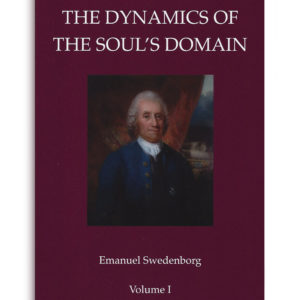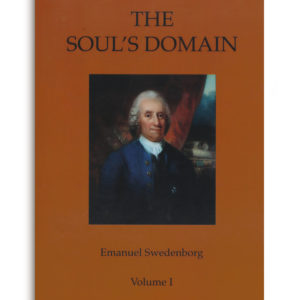Description
In 1743 Emanuel Swedenborg completed his second major work on the human brain. Called the ‘Stockholm Manuscript’ by scholars of his scientific works, it lay in the Archives of the Swedish Academy of Sciences until it was edited and translated into English by Rudolf L Tafel. It was published posthumously as The Brain in two volumes by James Speirs, London, in 1882 and 1887. This edition is a direct reprint of those two volumes.
The Brain follows The Cerebrum in dealing in considerable detail with the animation, or inherent motion of the cerebrum, and the predictable motion of its membranes and the cranial bones secondary to it. But this work extends the description of this phenomenon to the cerebellum and spinal cord as well. It is here that we find an anatomical description of the ‘circle of life’: the descent of the ‘animal spirit’, or soul, from the cerebrum as a component of the cerebrospinal fluid, to be delivered to all parts of the body by the circulation of the blood, which, when depleted, is returned to the cerebrum via the carotid arteries. Other sections of the work describe the structure and function of the cerebellum, the pineal and pituitary glands; and in a remarkable demonstration of his induction, Swedenborg traces the course of the ‘cerebro-spinal liquid’ from its production by the cerebral blood vessels through the ventricles to its escape into the body along the sheaths of segmental nerves. In these and other parts of The Brain Swedenborg clearly anticipates the discoveries of anatomists and physiologists to come.
Of particular interest is Tafel’s format, chosen to present Swedenborg’s manuscript in comparison with the findings of contemporary physiologists. This makes for a historical document in its own right, as this ‘contemporary’ science will soon be 125 years old. This and Tafel’s considerable commentary, however, remains useful to the purposes of modern scholarship, as he presents Swedenborg’s discoveries in the context of the history of science.






Reviews
There are no reviews yet.